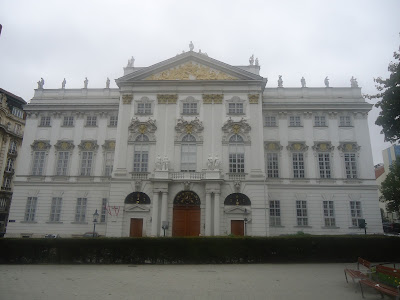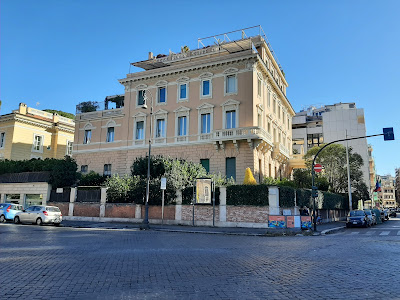Palais Trautson in Vienna amazing royal destination

Oh Vienna ... the lovely capital of Austria has tons of Royal History. Walking around the city we passed lots of palaces. One of the most interesting was the Palais Trautson. own picture taken in 2011 Not only the building style of the Palace attracted us, but also the beautiful royal history. The Palace, located at the Museumstrasse 7, once was owned by the Trautson family. Some history The land on which the palace is built originally belonged to Countess Maria Margareta Trautson in 1657 and consisted of a small house and a vineyard. After the Battle of Vienna, during repairs Johann Leopold Donat von Trautson , the prince of Troutson, commissioned Christian Alexander Oedtl to build the palace in 1712. Oedtl used designs by Johann Bernhard Fischer von Erlach. Source picture: Wikipedia In 1760, the palace was bought by Empress Maria Theresa of Austria for 40,000 Guilders, who then gave the palace to the Hungarian Guard. The Hungarian Guard converted the palace's garden to a ridi






